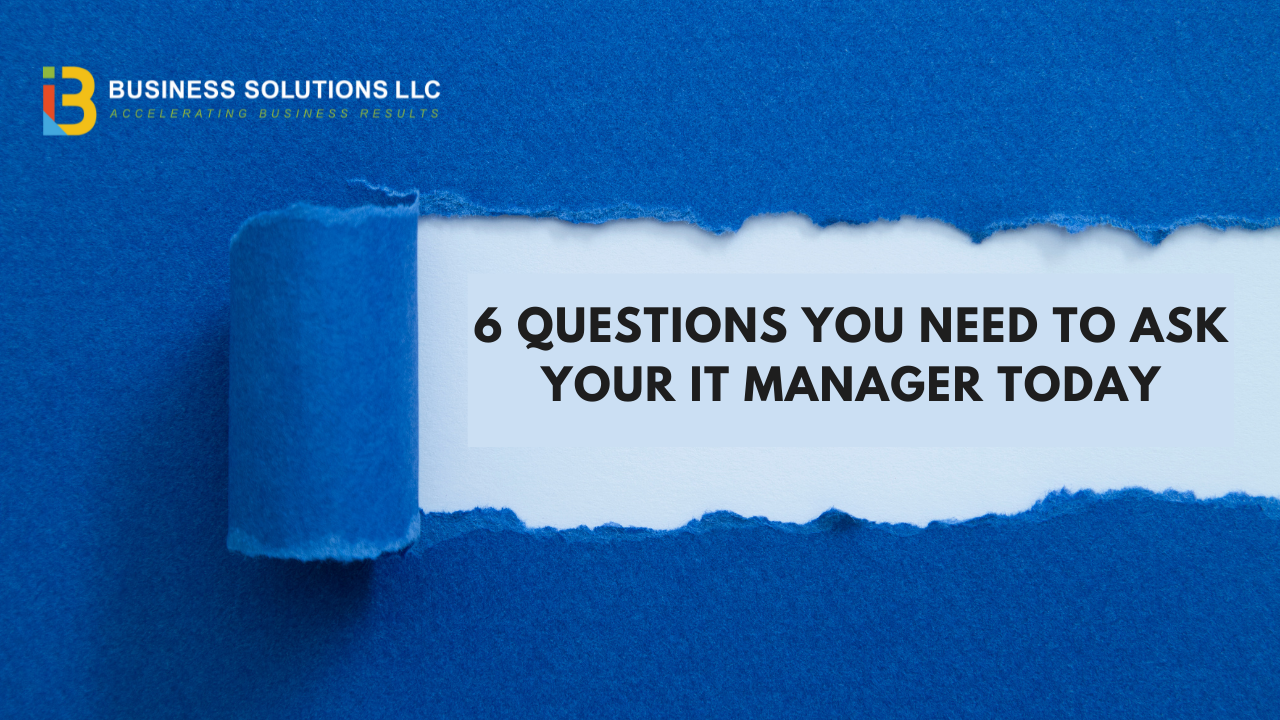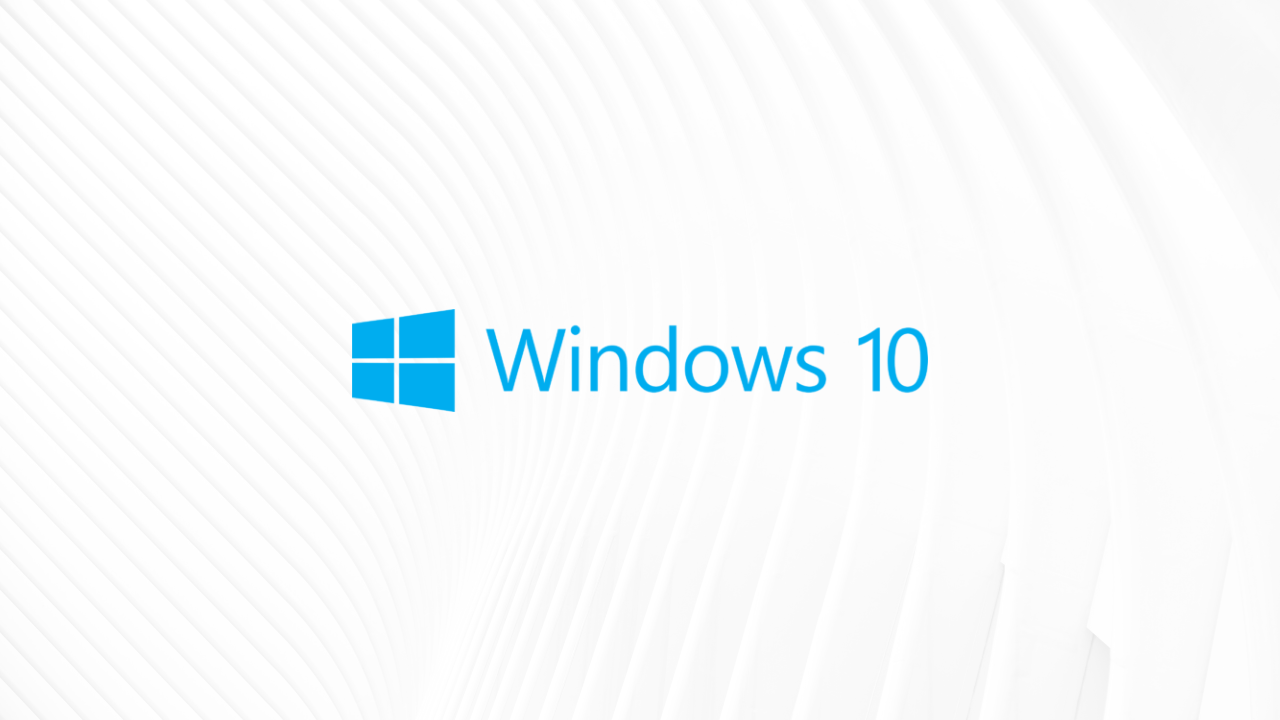Securing Access: Implementing MFA for Your Business
Enhance your business security with Multi Factor Authorization (MFA) implementation. Learn how to protect your data effectively.
Understanding Multi Factor Authorization (MFA)
Multi Factor Authorization (MFA) is a security measure that requires users to provide multiple forms of verification before accessing a system or application.
MFA adds an extra layer of protection by combining something the user knows (such as a password), something the user has (such as a smartphone or token), and something the user is (such as a fingerprint or facial recognition).
This multi-factor approach significantly reduces the risk of unauthorized access and enhances the overall security of your business.
Benefits of Implementing MFA for Your Business
Implementing MFA offers several benefits for your business:
- Enhanced Security: By requiring multiple forms of verification, MFA makes it much more difficult for attackers to gain unauthorized access to your systems or applications.
- Protection Against Password-based Attacks: MFA helps protect against common password-based attacks, such as brute-force attacks and credential stuffing.
- Regulatory Compliance: Many industry regulations, such as the Payment Card Industry Data Security Standard (PCI DSS) and the General Data Protection Regulation (GDPR), require the use of MFA to ensure the security of sensitive data.
- User Convenience: MFA can be implemented in a way that is convenient for users, such as using biometric authentication or mobile push notifications, making it easier for them to access the systems they need while maintaining high security.
By implementing MFA, you can significantly enhance the security of your business and protect your valuable data from unauthorized access.
Factors to Consider Before Implementing MFA
Before implementing MFA for your business, consider the following factors:
- User Experience: It is important to choose an MFA solution that is user-friendly and does not add unnecessary complexity to the authentication process. Consider factors such as ease of use, compatibility with different devices, and availability of support.
- Scalability: Ensure that the chosen MFA solution can scale with your business as it grows. Consider factors such as the ability to add and remove users easily, integration with existing systems, and support for future authentication methods.
- Cost: Evaluate the cost of implementing and maintaining the MFA solution, including any hardware or software requirements, licensing fees, and ongoing support costs. Consider factors such as the value of the protected data and the potential cost of a security breach.
- Integration: Assess how well the MFA solution integrates with your existing systems and applications. Consider factors such as compatibility with different operating systems, APIs for seamless integration, and support for single sign-on (SSO) solutions.
By carefully considering these factors, you can choose an MFA solution that meets the needs of your business and provides effective security.
Steps to Successfully Implement MFA
To successfully implement MFA for your business, follow these steps:
1. Assess Your Security Needs: Identify the systems and applications that require enhanced security through MFA.
2. Choose an MFA Solution: Research and evaluate different MFA solutions based on your business requirements and the factors mentioned earlier.
3. Plan the Implementation: Develop a comprehensive plan for implementing MFA, including timelines, resource allocation, and communication strategies.
4. Test and Pilot: Before rolling out MFA to all users, conduct thorough testing and pilot programs to ensure compatibility, usability, and effectiveness.
5. Communicate and Train: Inform your employees and users about the new MFA implementation, its benefits, and how to use it correctly. Provide training and support to ensure a smooth transition.
6. Monitor and Maintain: Regularly monitor the MFA implementation for any issues or vulnerabilities. Keep the MFA solution up to date with the latest security patches and enhancements.
By following these steps, you can successfully implement MFA and strengthen the security of your business.
Best Practices for MFA Implementation
When implementing MFA for your business, consider the following best practices:
- Use a Risk-Based Approach: Assess the risk level of each system or application and implement MFA accordingly. Focus on high-risk areas first.
- Educate Users: Provide clear instructions and education on how to use the MFA solution effectively. Encourage users to choose strong passwords and enable additional authentication factors.
- Regularly Review and Update: Regularly review and update your MFA policies and configurations to adapt to new threats and technologies.
- Use Multiple Authentication Factors: Utilize a combination of authentication factors, such as passwords, biometrics, and tokens, to enhance security.
- Implement Monitoring and Alerting: Set up monitoring and alerting systems to detect any suspicious activity or unauthorized access attempts.
- Conduct Regular Audits: Periodically audit your MFA implementation to ensure compliance and identify any weaknesses.
By following these best practices, you can maximize the effectiveness of your MFA implementation and maintain a strong security posture.
i3 Business Solutions can be your IT partner
At i3 Business Solutions, we specialize in providing comprehensive IT solutions, including MFA implementation, to businesses of all sizes.
With our expertise and experience, we can help you navigate the complexities of MFA implementation and ensure the security of your business and data.
Contact us today to discuss your MFA needs and how i3 Business Solutions can be your trusted IT partner.
Share this
You May Also Like
These Related Stories

[Webinar] 6 Questions to Ask Your IT Partner Today || Managed IT Partner in Grand Rapids, MI

Private browsing: How to stay safe online



No Comments Yet
Let us know what you think